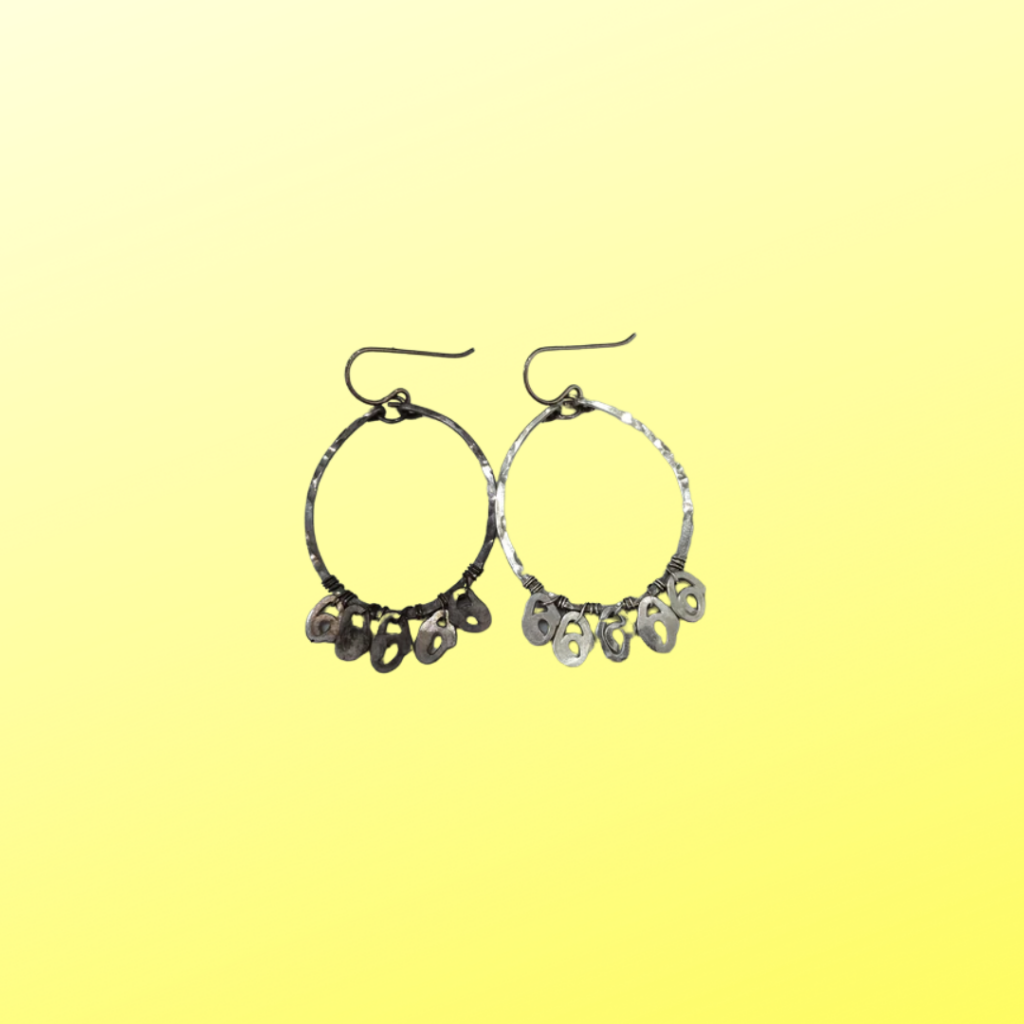IBChem IA on Removing tarnish from silver objects using redox reactions is just an idea for you so you should just read and write your own.
Introduction
Ever notice that your silver jewelry or silverware starts to look dull and gray over time? That’s tarnish! Tarnish is caused by a reaction between silver and sulfur in the air, which forms a thin layer of silver sulfide. But don’t worry, there’s a way to get rid of it! In this research, we’re going to take a closer look at using redox reactions to remove tarnish from silver objects.
Background
The process of removing tarnish is called electrochemical reduction. Essentially, the tarnished silver is the anode (positive electrode) and a reducing agent is used as the cathode (negative electrode). The reducing agent, like hydrogen or hydrated electrons, reacts with the silver sulfide and turns it back into silver. This process is called a redox reaction, short for reduction-oxidation. The silver sulfide is oxidized and turns into silver and sulfur, while the reducing agent gets reduced.
Rationale: Ever notice how your silver jewelry or silverware starts to look dull and gray over time? That is tarnish or silver sulphide. It can be a difficult task to get rid of it. Traditional methods can be time-consuming and not always effective. So I want to find a method using redox reactions to remove tarnish from silver objects. I want to see if it’s a good alternative method that is effective and consistent.
Aim: The goal of our research is to compare the effectiveness of using redox reactions to remove tarnish from silver objects with other common methods. I will be using a solution of baking soda and water as the abrasive and a solution of table salt and white vinegar as the reducing agent. At the end, I hope to have a better understanding of how well this method works for removing tarnish from silver objects. And if it’s a good alternative method that is effective and consistent.
Research Question: “How does the method of cleaning (redox reaction method using a solution of baking soda and water as an abrasive, and a solution of table salt and white vinegar as a reducing agent VS other commonly used methods) affect the effectiveness of removing tarnish from silver objects?”
IV (Independent Variable): Method of cleaning (redox reaction method using a solution of baking soda and water as an abrasive, and a solution of table salt and white vinegar as a reducing agent VS other commonly used methods)
DV (Dependent Variable): Effectiveness of removing tarnish from silver objects
You can extend IBChem IA on Removing tarnish from silver objects using redox reactions using IB DP Chemistry IA.
You can read other IB DP chemistry IA here.
You can buy IB DP chemistry IA book here.


